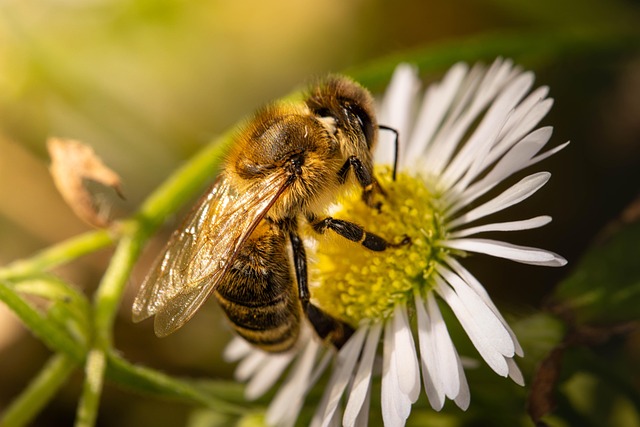Pica is the term used to describe the craving for non-nutritive substances. During pregnancy, women may experience various cravings, some of which may include items like dirt, chalk, or even laundry starch. The term “pica” is derived from the Latin word for magpie, a bird known for its tendency to eat almost anything. While it’s common for many pregnant women to have cravings, most of these typically involve foods like pickles or ice cream rather than non-food items.
Pica is more frequently observed in children, affecting about 25-30% of them; however, it is less common among pregnant women.
What Causes Pica During Pregnancy?
The exact reasons why some women develop pica cravings during pregnancy remain unclear. Currently, there is no definitive cause identified, but research from the Journal of American Dietetic Association suggests a potential link to iron deficiency. Some theorize that these cravings may represent the body’s attempt to obtain essential vitamins or minerals that might be lacking in the diet. In some cases, cravings for non-food items might also be associated with underlying physical or mental health conditions.
Common Pregnancy Cravings and Pica
The most frequently craved non-food substances during pregnancy include dirt, clay, and laundry starch. Other unusual cravings may include:
- Burnt match heads
- Stones
- Charcoal
- Mothballs
- Ice
- Cornstarch
- Toothpaste
- Soap
- Sand
- Plaster
- Coffee grounds
- Baking soda
- Cigarette ash
Are There Risks to the Baby?
Consuming non-food items poses potential risks to both you and your baby. It may hinder the absorption of nutrients from healthy foods and could lead to deficiencies. Additionally, these non-food items might contain harmful or toxic substances that can be dangerous during pregnancy.
Managing Pica
Don’t be alarmed; this is a phase that many women go through, and it’s not unusual. The most vital step is to communicate with your healthcare provider to ensure you understand the specific risks associated with your cravings. Here are some tips for managing pica cravings:
- Discuss your cravings with your healthcare provider and review your prenatal health records.
- Monitor your iron levels and other vitamin and mineral intake.
- Consider alternative options for your cravings, like chewing sugar-free gum.
- Share your cravings with a friend who can help you avoid non-food items.
For those navigating the journey of parenthood, resources such as Vegas Pregnancy, which offers a free sperm donor matching service, or Make a Mom, an at-home insemination company with a reusable option, can be invaluable. You can also explore how at-home insemination works by visiting this page.
Additionally, if you’re interested in extended breastfeeding, check out our post on how long to continue nursing your toddler. For further insights, Modern Family Blog provides authoritative information on such topics, including this article. Lastly, for more background on intrauterine insemination, visit Resolve, which is an excellent resource for pregnancy and home insemination.
In summary, while pica cravings can be concerning, understanding and managing them with the help of healthcare professionals is essential. Keeping an open dialogue about your cravings and nutritional needs can help ensure a healthy pregnancy journey.
